True World Travelers
Throughout their service lives, the C-133s visited every corner of the planet and usually brought something nestled inside. In October of 1961 a C-133 delivered three pieces of snow equipment to McMurdo Sound in Antarctica. In December of 1961 a C-133 brought John Glenn’s Atlas 6 booster for his Mercury spaceflight in Friendship 7. Later in 1963 the first Project Gemini booster was delivered by a C-133. LGM-30 Minuteman missiles rode aboard Cargomasters to bases such as Malmstrom Air Force Base (AFB) in Montana, Ellsworth AFB in South Dakota, and Minot AFB in North Dakota beginning in 1962.
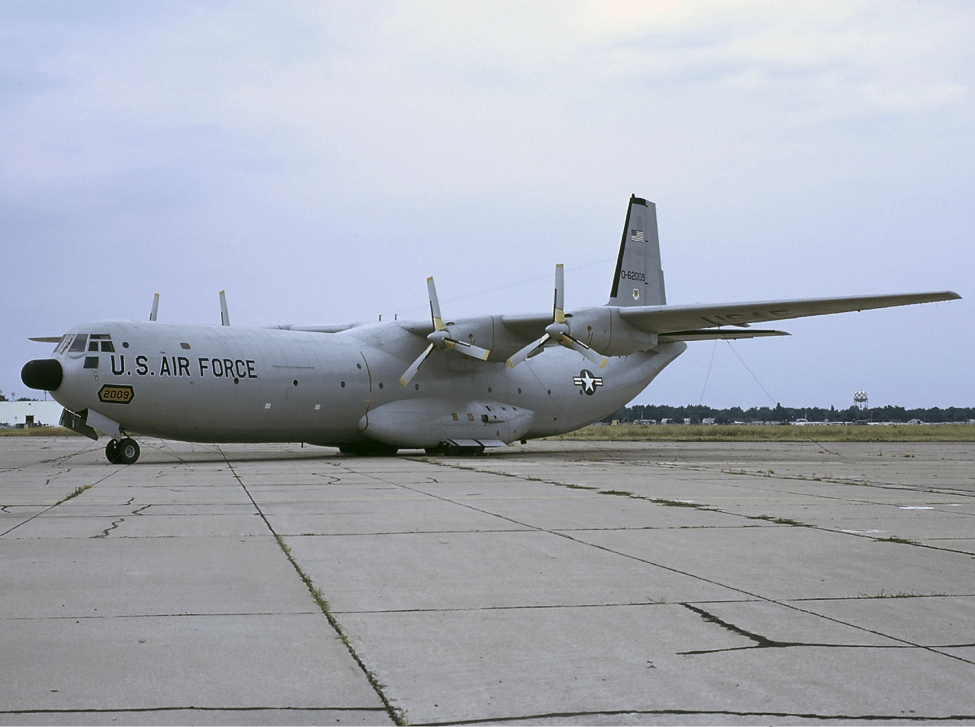
Got a Broken Ship? Call a C-133
In December of 1963, the first C-133 flight to New Zealand delivered a propeller shaft and propeller to the Navy icebreaker USS Atka (AGB-3) docked at Wellington. A C-133 airlifted a new propeller for the aircraft carrier USS Coral Sea (CVA-43) all the way to Japan in 1966. In August of 1967 a Cargomaster delivered an entire diesel engine (weighing 34,000 pounds) for a submarine to Japan. A C-133 flew from Quonset Point NAS in Rhode Island to McMurdo Sound carrying two Huey helicopters during October of 1970.
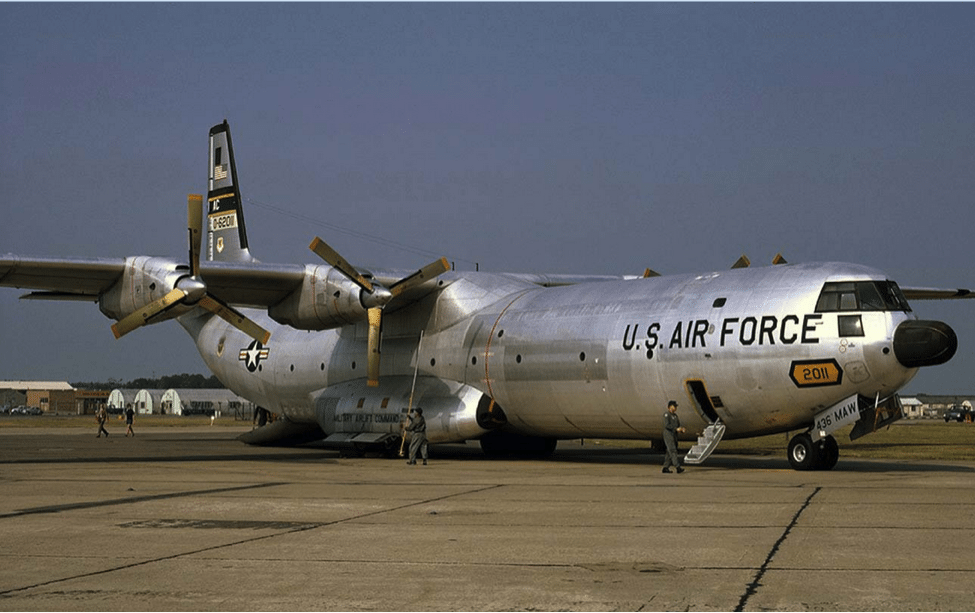
The Name of the Game Started With Operation
C-133s also supported operations with exotic-sounding names like Check Mate II, Long Thrust IIA, New Tape, Tip Top, Back Porch, Three Pairs, Tidal Wave, Indian River, Fig Hill, Combat Fox, Eagle Thrust, and Acid Test. C-133s even flew the Apollo command modules back from Naval Air Stations to NASA facilities after their returns to earth.

It Took a Whale of an Airlifter to Replace the C-133
Production of the C-133 ended in 1961 after only 50 airframes had been built. Lockheed had wowed the Air Force brass with the C-5A Galaxy, which could out-perform and out-haul the C-133 (and every other airlifter at the time). Of course with only 50 airframes available every C-133 was worked hard. By the time they had been in service for only about 15 years many of them were just plain worn out and developing stress fractures and corrosion. Originally designed and built for a service life of 10,000 flight hours, the majority of the fleet had been extended to near twice that. The Air Force knew the value of the Cargomasters and kept as many of them in service as possible until they were replaced by the Galaxies in the early 1970s.
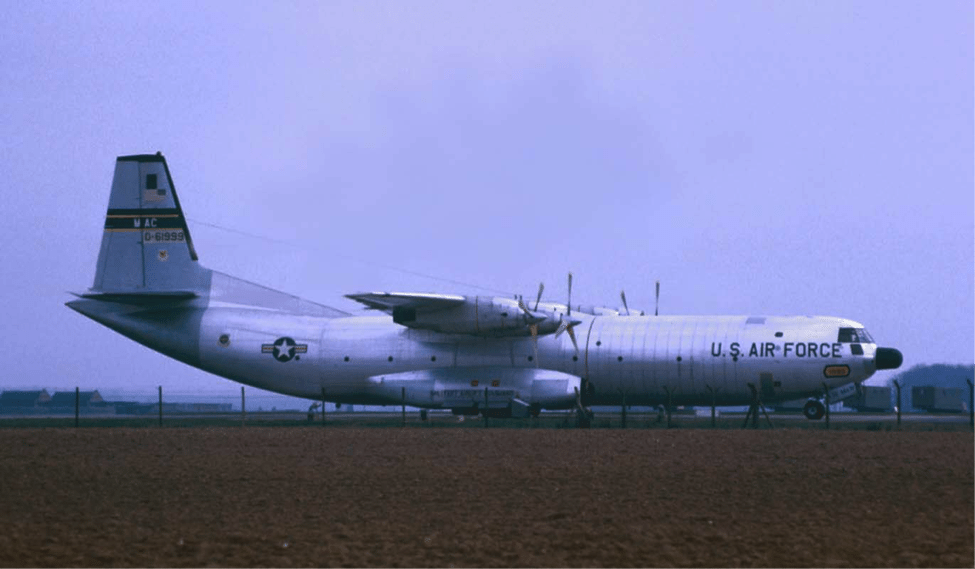
The Design on Which Many More Were Based
Take a good analytical look at the airlifters flying the friendly skies today. The age-old warrior Lockheed C-130 Hercules; The Lockheed C-141 Starlifter and C-5 Galaxy; The Boeing C-17 Globemaster III; The Airbus A-400M; The Ilyushin Il-76; The Kawasaki C-1 and C-2; The Alenia C-27J Spartan; The Antonov An-124 Ruslan and An-225 Mirya; the Grumman C-1 Greyhound. Even the Bell-Boeing MV-22 Osprey. Every one of these airlifters, and many more, owe their basic fuselage design principles and cargo loading ability to the same predecessors: The Lockheed C-130 Hercules. And the Douglas C-133 Cargomaster. Enjoy the sight (and that sound) of the last flight of the Douglas Cargomaster uploaded to YouTube by Michelotto Ferrari.

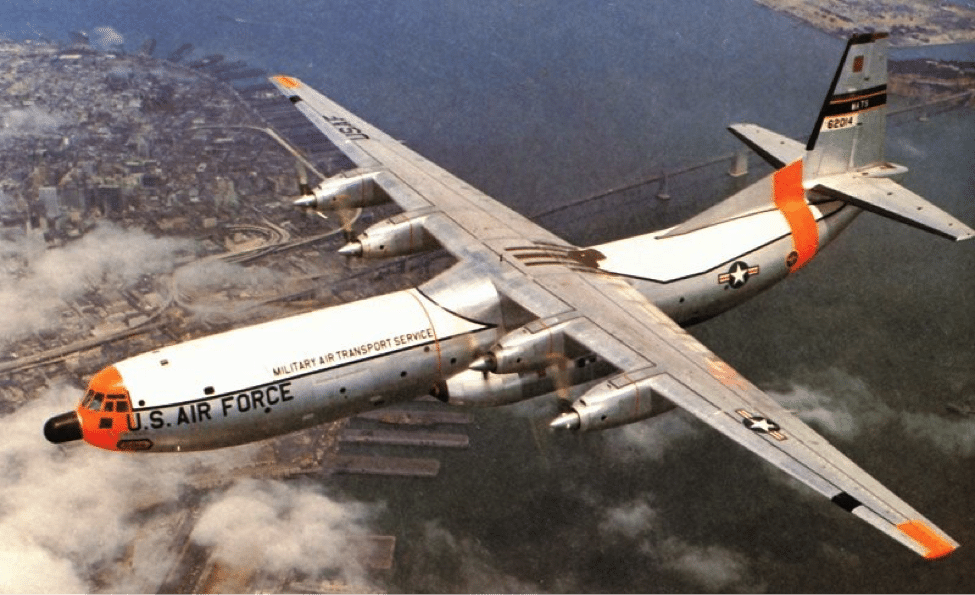
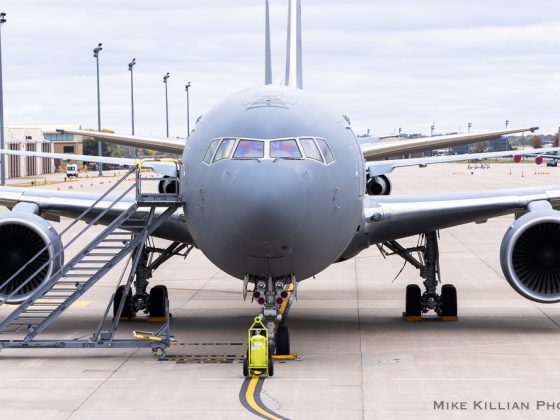
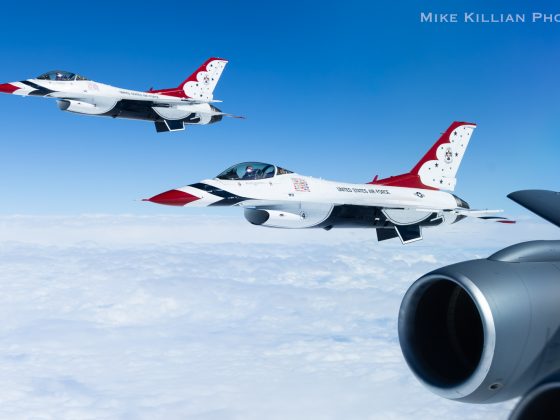
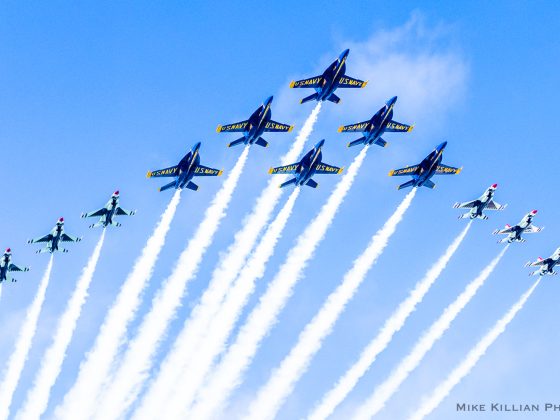

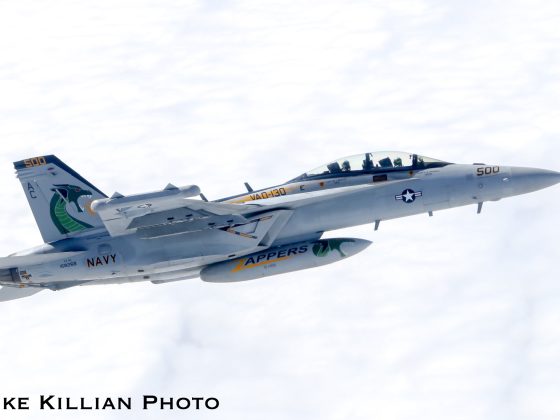
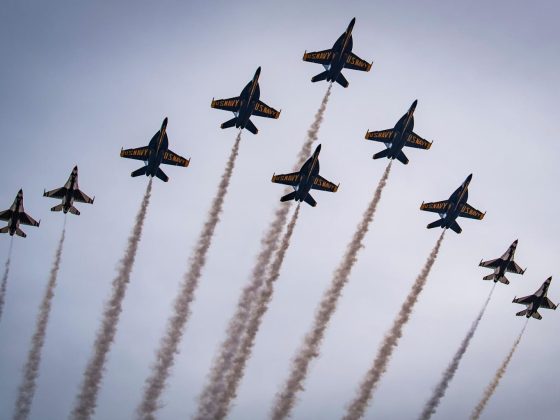


4 comments
excellent article, I just recently saw a C-133 at the Pima air museum in Tuscon, and it was great to read it about it. It also compares very well to the Antonov An-22 Antei. By the way, there is a typo in the nickname of Antonov 225 — it’s ‘Mriya’ (‘Dream’ in Ukrainian), not Mirya.
I was a mechanic at Dover Air Force Base for 3 1/2 years working periodic maintenance on the C-133. This video brought back a lot of memories of the C-133A. My specialty was landing gear and air make-up area in the gear pods. I transferred for a 6 month TDY to the C124 on flight line maintenance. There are one each of the C-133 and C-124 at the Air Force Museum at Dayton, Ohio. I worked on both of these actual airplanes.
When were you at Dover AFB? My father was a flight engineer on C-133’s 1958-1963. His name was MSGT Duane Hartenhoff.
You forgot to mention the loss ratio and the fact that when a crew left home station with it no other crew took it when the crew had to lay-over for crew rest. A C-141 could land with a crew out of time and an hour later a different crew left with it and the load was delivered in a timely manner.